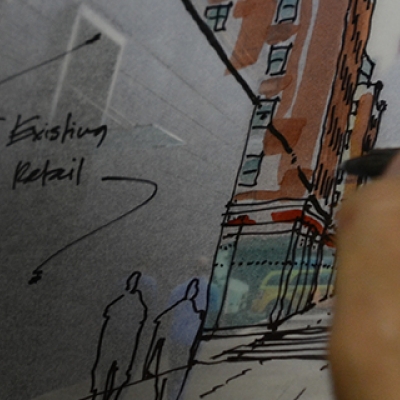Peter Newman
Peter Newman is the Professor of Sustainability at Curtin University. Newman has served on the Board of Infrastructure Australia and as a Lead Author for Transport on the IPCC's 5th Assessment Report. In 2011, Newman was awarded the Sidney Luker medal by the Planning Institute of Australia (NSW) for his contribution to the science and practice of town planning in Australia, and in 2014 he was awarded an Order of Australia for his contributions to urban design and sustainable transport, particularly related to the saving and rebuilding of Perth's rail system. He is the author of numerous books including People Cities and The End of Automobile Dependence.


